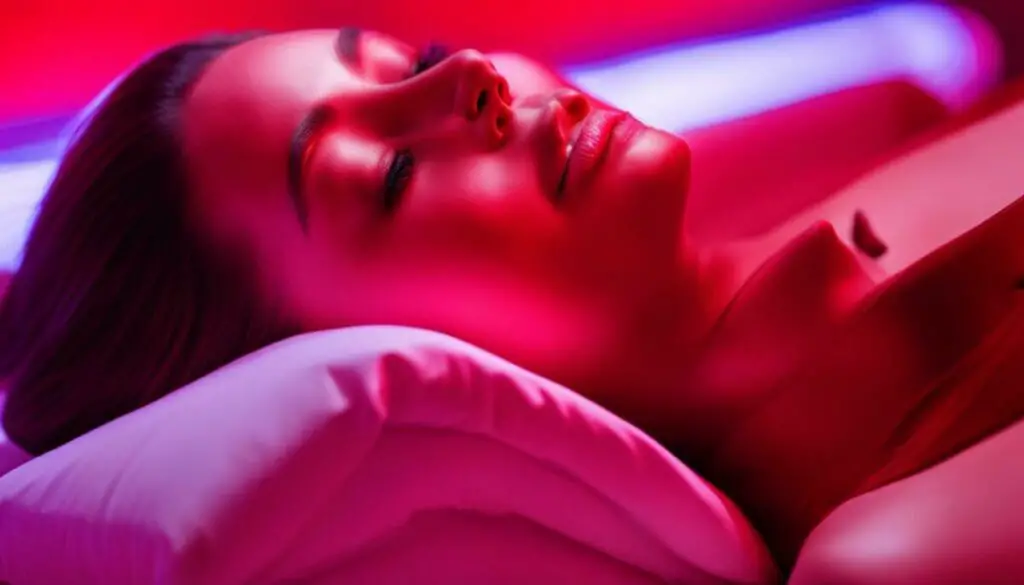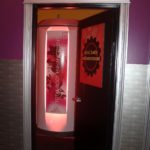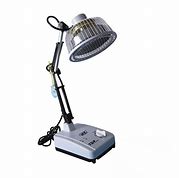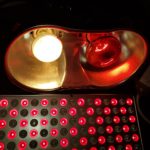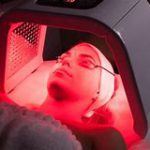Light therapy is a form of treatment that uses specific wavelengths of light to stimulate the body’s natural healing processes. This type of therapy has been found to be effective in treating a range of conditions, from depression to skin disorders. One common question people have is how long light therapy sessions typically last and how long it takes to see results. In this article, we will explore the duration of light therapy treatments and what factors can impact the results.
Contents
Understanding Light Therapy
Light therapy is a non-invasive treatment that uses specific wavelengths of light to improve mood, sleep, and skin health. The treatment involves sitting or lying near a device that emits bright light, typically for 30 minutes to an hour each day. The light box or lamp produces light that mimics natural outdoor light, which can help regulate the body’s natural rhythm and improve mood.
How Does Light Therapy Work?
Light therapy works by stimulating cells in the body’s retina, which transmit signals to the part of the brain that controls sleep and wakefulness. The light exposure helps to reset the body’s internal clock, promoting a better sleep-wake cycle. It can also increase the production of serotonin, a neurotransmitter that helps regulate mood.
What are the Benefits of Light Therapy?
Light therapy has been shown to be effective in the treatment of seasonal affective disorder (SAD), a type of depression that occurs during the winter months when there is less natural sunlight. It can also be used to treat other forms of depression, sleep disorders, and skin conditions such as psoriasis and acne.
Light therapy is a non-invasive treatment that uses specific wavelengths of light to improve mood, sleep, and skin health. The duration of light therapy treatment depends on the condition being treated and the severity of symptoms, and it can range from 30 minutes to several weeks or months. The timing of treatment is also important, and it is recommended to do it in the morning for other forms of depression and sleep disorders. Light therapy is generally safe, but precautions should be taken and the right device should be chosen. The response time to light therapy treatment varies from person to person, and it is important to continue treatment as recommended by a healthcare provider to achieve the best results.
Duration of Treatment
The duration of light therapy treatment depends on the condition being treated and the severity of symptoms. For SAD, light therapy is typically recommended for 30 minutes to an hour each day, starting in the fall and continuing through the winter months. For other forms of depression and sleep disorders, treatment may be recommended for longer periods, up to several weeks or months.
Timing of Treatment
The timing of light therapy treatment is also important. For SAD, treatment should be started in the fall before symptoms appear and continued through the winter months. For other forms of depression and sleep disorders, treatment can be done at any time of the day, but it is generally recommended to do it in the morning to avoid interfering with sleep.
Response Time
The response time to light therapy treatment varies from person to person. Some people may experience improvement in their symptoms within a few days of starting treatment, while others may take several weeks to see any improvement. It is important to continue treatment as recommended by a healthcare provider to achieve the best results.
Precautions and Side Effects
Light therapy is a non-invasive treatment that uses specific wavelengths of light to improve mood, sleep, and skin health. The duration of light therapy treatment depends on the condition being treated and the severity of symptoms, and it can range from 30 minutes to several weeks or months. Light therapy works by stimulating cells in the body’s retina to reset the body’s internal clock, promoting a better sleep-wake cycle and increasing the production of serotonin, a neurotransmitter that helps regulate mood. When choosing a light therapy device, it is important to consider the intensity of the light, the duration of treatment, and the type of light being used. While light therapy is generally considered safe, precautions should be taken, and it is important to talk to a healthcare provider if any persistent or severe side effects occur.
Precautions
Light therapy is generally considered safe for most people. However, there are some precautions that should be taken when using the treatment. People with certain medical conditions, such as bipolar disorder, should avoid light therapy as it can trigger manic episodes. It is also important to use a light box that emits the correct wavelength and intensity of light, as using the wrong type of light can be ineffective or even harmful.
Side Effects
Light therapy is generally well-tolerated, but some people may experience side effects such as headaches, eye strain, and nausea. These side effects are usually mild and go away on their own within a few days of starting treatment. It is important to talk to a healthcare provider if you experience any persistent or severe side effects.
Choosing the Right Light Therapy Device
When choosing a light therapy device, it is important to consider the intensity of the light, the duration of treatment, and the type of light being used. The intensity of the light is measured in lux, and a higher lux rating generally means a more effective treatment. The duration of treatment depends on the condition being treated, and it is important to choose a device that is convenient and easy to use for the recommended duration.
There are several types of light therapy devices available, including light boxes, lamps, and wearable devices. Light boxes and lamps are the most common, and they emit bright light that mimics natural outdoor light. Wearable devices are becoming more popular, and they are designed to be worn like a pair of glasses or a headset. These devices are more convenient and portable, but they may not be as effective as a light box or lamp.
FAQs: How long does light therapy take?
What is light therapy?
Light therapy, also known as phototherapy or bright light therapy, is a treatment that uses a special light box or lamp to simulate outdoor light. It is typically used to treat seasonal affective disorder (SAD) and other conditions, such as sleep disorders, depression, and skin conditions.
How long does a light therapy session last?
The length of a light therapy session varies depending on the condition being treated and the intensity of the light being used. Typically, a session lasts between 20 and 30 minutes, but it can be longer or shorter depending on the individual’s needs.
How often do I need to undergo light therapy?
The frequency of light therapy sessions depends on your individual needs and the condition being treated. Some people may require daily sessions while others may only need a few times per week. It’s important to work with your healthcare provider to determine the appropriate frequency for your particular needs.
How long does it take for light therapy to work?
The length of time it takes for light therapy to work varies from person to person and depends on the severity of the condition being treated. Typically, people begin to see improvement in their symptoms within the first few days or weeks of treatment.
Are there any side effects of light therapy?
Light therapy is generally considered safe, but like any medical treatment, it does carry some risks. The most common side effects of light therapy include headache, eyestrain, and nausea. Less common side effects include agitation, irritability, and difficulty sleeping. If you experience any of these side effects or have concerns about light therapy, you should speak with your healthcare provider.


